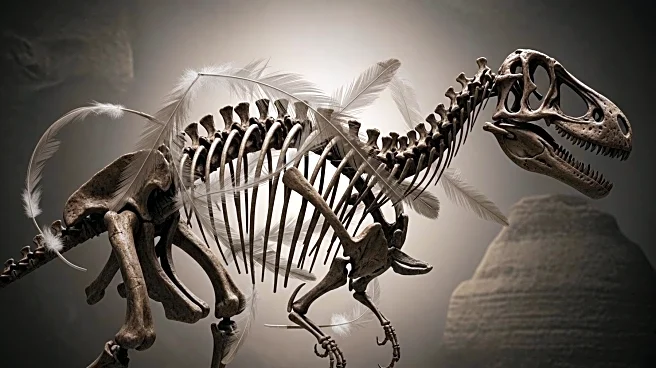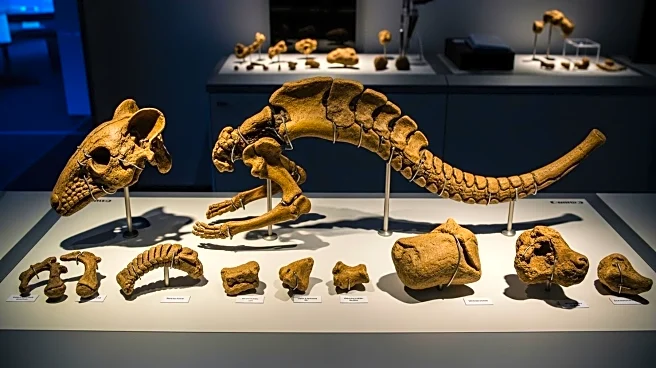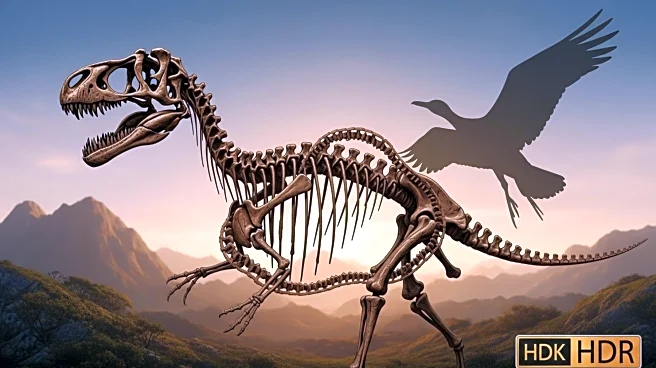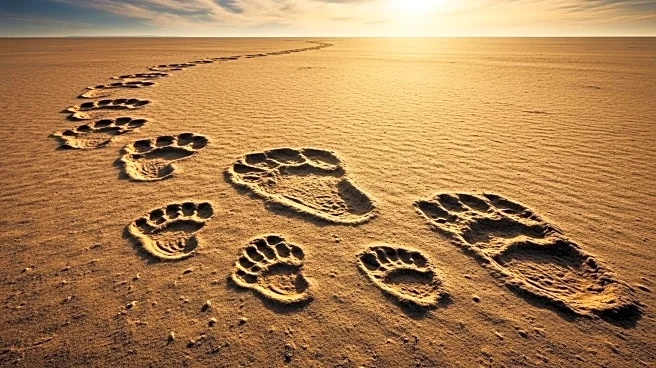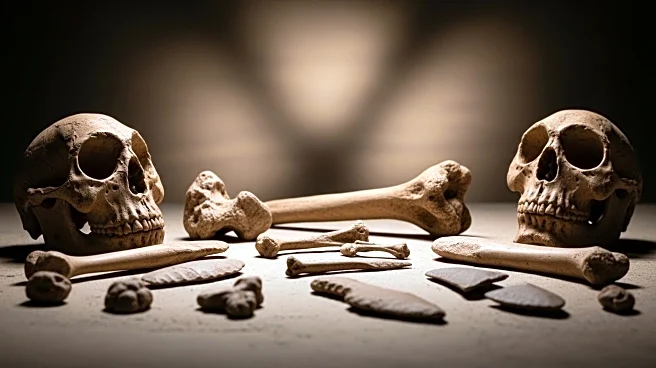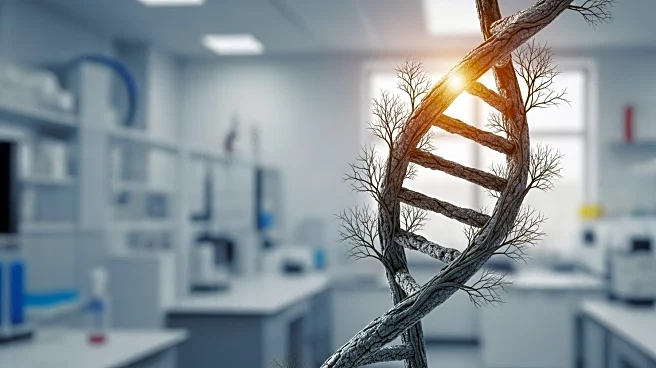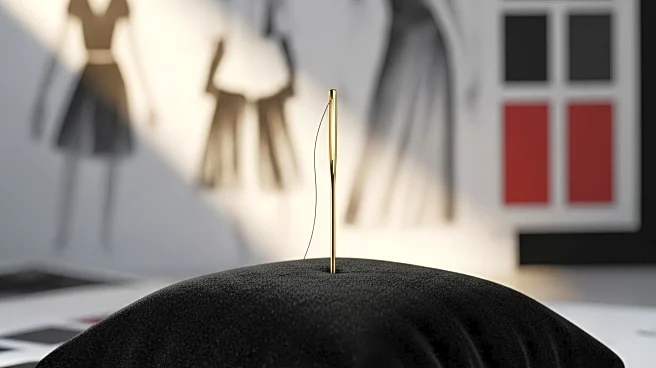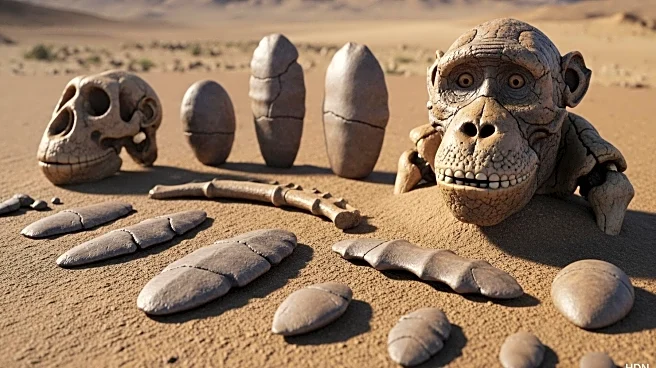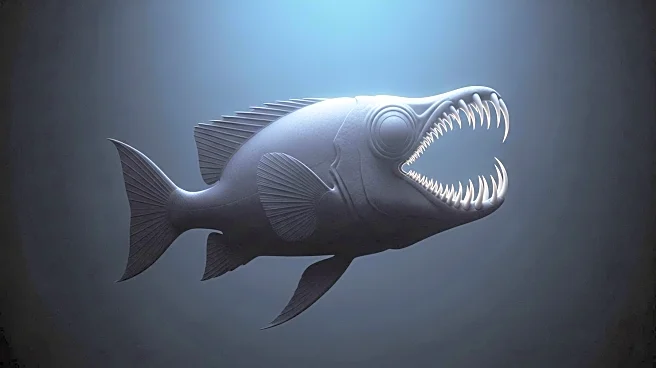What is the story about?
What's Happening?
Mark Norell, a renowned paleontologist known for his groundbreaking research on the evolutionary connections between dinosaurs and birds, has died at the age of 68. Norell's work included significant expeditions to various global locations such as the Gobi Desert in Mongolia, where he discovered rare fossils, including a nearly intact embryo of a birdlike oviraptor. He served as the chairman of the American Museum of Natural History's division of paleontology, where he curated exhibitions like 'Dinosaurs Among Us' in 2016. His death was caused by heart failure, as confirmed by his brother, Todd.
Why It's Important?
Norell's contributions to paleontology have significantly advanced the understanding of the evolutionary relationship between theropod dinosaurs and modern birds. His research has reshaped scientific perspectives on how dinosaurs did not entirely go extinct but evolved into birds. This has implications for evolutionary biology, providing insights into the adaptability and survival of species over millions of years. His work has also enriched public knowledge through museum exhibitions, influencing both scientific communities and public education.
What's Next?
The scientific community may continue to build upon Norell's research, exploring further the evolutionary links between dinosaurs and birds. His findings could inspire new expeditions and studies aimed at uncovering more about the prehistoric world. The American Museum of Natural History may honor his legacy through future exhibitions or research initiatives that continue to explore the themes he was passionate about.
Beyond the Headlines
Norell's work highlights the importance of international collaboration in scientific research, as seen in his partnerships with institutions like the Mongolian Academy of Sciences. His expeditions underscore the ethical considerations in fossil hunting and the need for responsible scientific exploration. His legacy may prompt discussions on the preservation of fossil sites and the role of museums in educating the public about evolutionary science.
AI Generated Content
Do you find this article useful?
